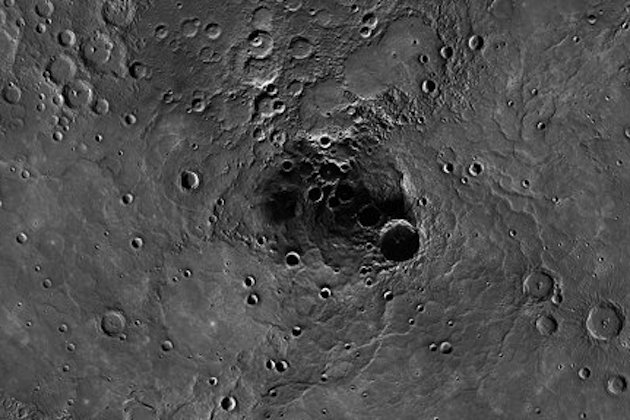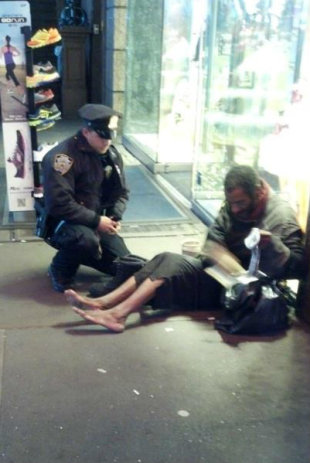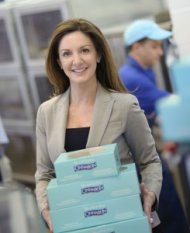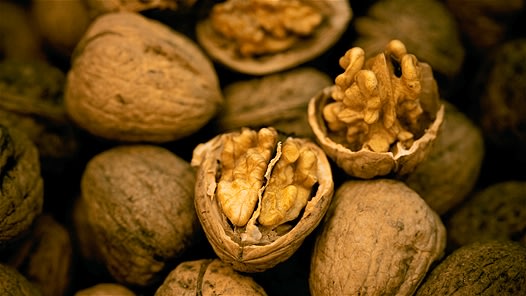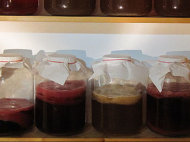STOCKHOLM
(Reuters) - Ericsson, the world's biggest telecom network equipment
maker, said it was suing Samsung Electronics Co for patent infringement
after two years of talks failed to yield a license agreement.
Sweden's Ericsson, which reckons more than 40 percent
of the world's mobile traffic passes through its networks, filed a
lawsuit in the United States saying Samsung had refused to sign a
license to use technology on terms it referred to as fair, reasonable
and non-discriminatory (FRAND)."Ericsson has tried long and hard to amicably come to an agreement with Samsung and sign a license agreement on FRAND terms. We have turned to litigation as a last resort," Kasim Alfalahi, chief intellectual property officer at Ericsson said in a statement on Tuesday.
Alfalahi noted Ericsson has over 30,000 patents and more than 100 license agreements with major players in the industry.
A surge in smartphone and tablet computer sales has driven a switch in traffic on telecoms networks from mainly voice calls to video and music, which take up more capacity.
But although data traffic is surging - smartphone subscriptions alone are expected to rise to 3.3 billion by 2018 according to Ericsson's own figures - operators are finding it hard to get customers to pay much extra, squeezing their profits.
With Ericsson suffering a big drop in sales at its network unit - down 17 percent in the third quarter - it is increasingly turning to the courts to maintain its patent income, part of a wider trend where big technology names are fiercely protecting their intellectual property as global sales of tablets and smartphones boom.
One lawsuit by Apple relating to patents resulted in a $1.05 billion jury verdict against Samsung, the world's largest cell phone and television maker, in August.
An Ericsson spokesman declined to comment on the size of its lawsuit.
Samsung said it will "take all necessary legal measures to protect against Ericsson's excessive claims."
"Samsung has faithfully committed itself to conducting fair and reasonable negotiations with Ericsson over the past two years, but Ericsson has demanded prohibitively higher royalty rates to renew the same patent portfolio," the South Korean company said.
FRAND
Samsung is also embroiled in a legal war with Apple in more than 20 disputes in 10 countries, with Apple alleging various Samsung smartphone and tablet products infringed its patents.
"Ericsson now has plenty of material from Samsung's litigations with Apple to quote in support of high FRAND royalty rates and sales bans," said Florian Mueller, blogger and patent expert who has advised Microsoft and Oracle in the past.
The Ericsson dispute concerns patented technology the Swedish firm says is essential to several telecommunications and networking standards used by Samsung's products as well as other patented inventions that are frequently implemented in wireless and consumer electronics products, the company said.
FRAND licensing terms are used for patents and technologies that have become essential, often as an industry standard. Ericsson says its FRAND licensing aims to give companies the incentive to contribute technology to open standards and still maintain royalty rates at a reasonable level. But the growth of patent suits has added complication to FRAND licensing and some tech companies have complained of inflated prices being proposed by patent owners.
According to Ericsson's statement, the company spent $5 billion in 2011 on research and development that resulted "in hundreds of patented inventions that are essential to the standards that drive global communications," such as GSM, GPRS and EDGE.
Ericsson's intellectual property right net revenues amounted to 6.2 billion Swedish crowns ($938 million) in 2011.
The complaint is filed in the District Court for the Eastern District of Texas, the district where Ericsson's U.S. headquarters is located.
(Additional reporting by Tarmo Virki in Helsinki and Miyoung Kim in Seoul; Writing by Sophie Walker; Editing by Erica Billingham)



















